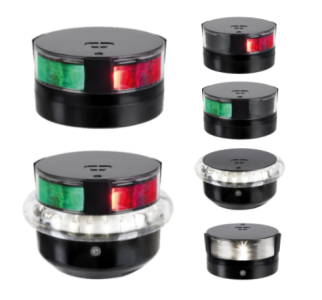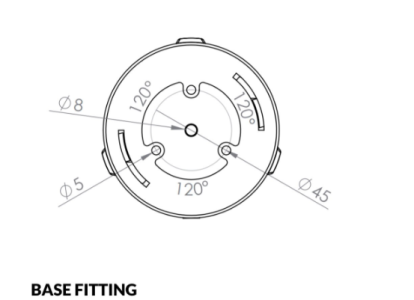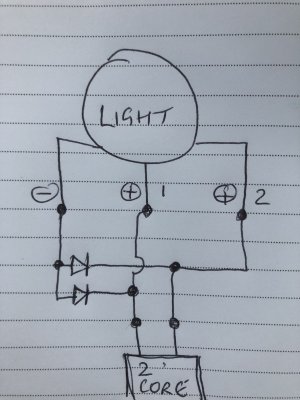Stemar
Well-known member
I mentioned the difficulties I'm having replacing the existing twin cable in my mast, and a circuit using diodes was mentioned that would allow me to power the two lights individually from a twin cable. I understand the idea of having +12v on the red wire and ground on the black to operate one light and switching them around to power the other, but I can't get my head around the circuit to do it. Can anyone help, please?



